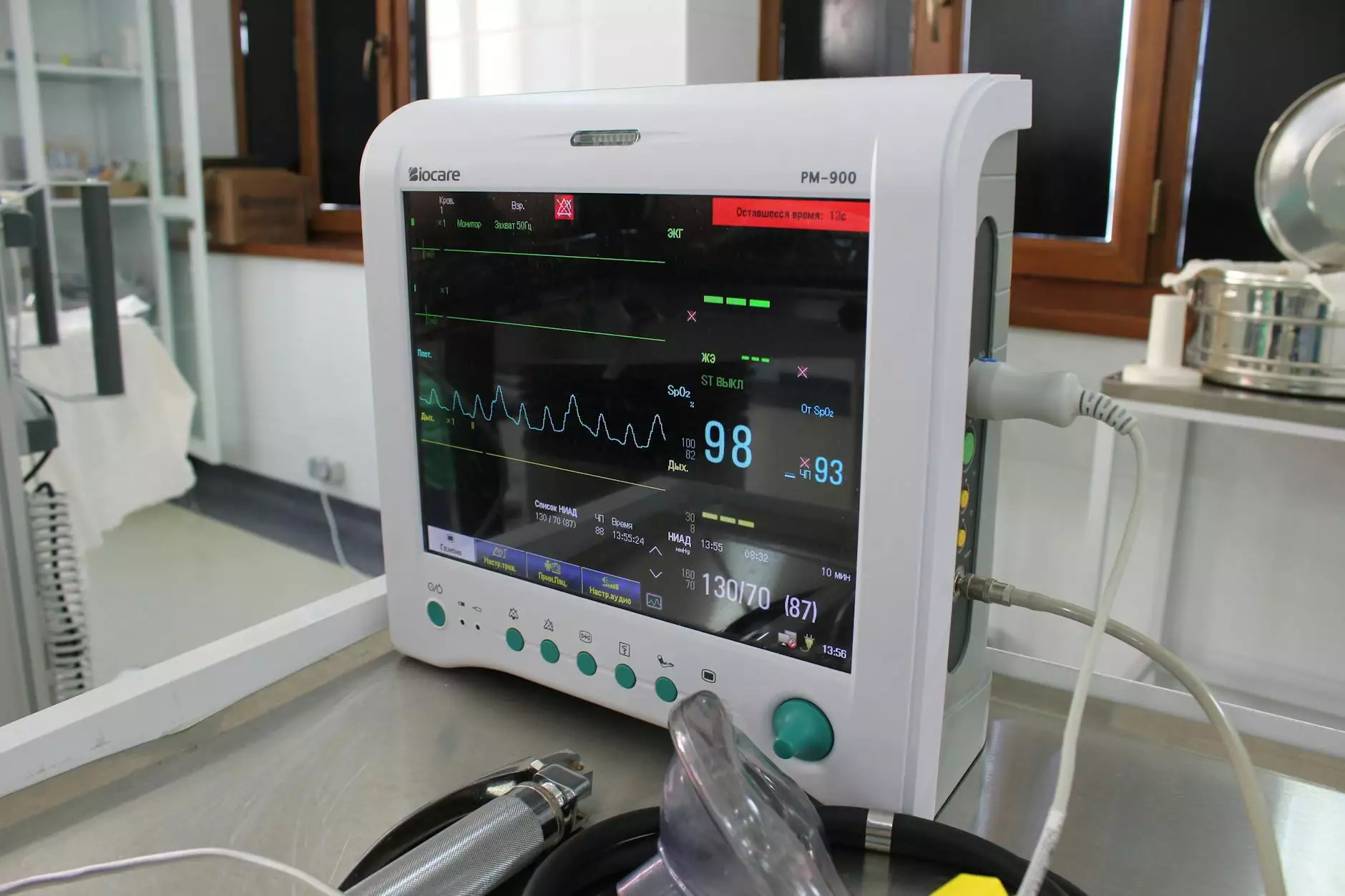In-Depth Insights into Laparoscopic Excision of Endometriosis: A Modern Approach to Female Reproductive Health

Understanding Endometriosis: A Chronic and Impactful Condition
Endometriosis is a chronic, often debilitating condition affecting millions of women worldwide. It occurs when tissue similar to the lining of the uterus, known as endometrial tissue, grows outside the uterine cavity. This ectopic tissue can be found on the ovaries, fallopian tubes, pelvic lining, and sometimes in more distant locations within the body. The presence of endometrial tissue outside the uterus leads to an inflammatory response, causing pain, infertility, and other systemic symptoms.
While the exact cause of endometriosis remains unclear, it is recognized as a hormonally responsive condition, fluctuating with menstrual cycles. It is deeply intertwined with a woman's reproductive health, influencing quality of life, sexual health, and fertility potential. Timely diagnosis and effective treatment are essential to manage symptoms and improve overall well-being.
Why Laparoscopic Excision of Endometriosis is a Game-Changer in Treatment
Laparoscopic excision of endometriosis is considered the gold standard for managing this complex condition. Unlike traditional open surgery, laparoscopy offers a minimally invasive approach, which results in reduced post-operative pain, shorter hospital stays, quicker recovery, and more precise removal of endometrial tissue.
This procedure is performed by highly skilled obstetricians and gynecologists who specialize in reproductive health. The surgeon uses a tiny camera (laparoscope) inserted through small abdominal incisions to visualize the pelvic cavity and meticulously excise endometrial implants and scar tissue, restoring normal anatomy and reducing disease recurrence.
The Procedure: Step-by-Step Breakdown of Laparoscopic Excision of Endometriosis
Preoperative Evaluation and Planning
Prior to the procedure, comprehensive evaluation including pelvic ultrasound, MRI if needed, and detailed history-taking helps determine the extent of endometriosis. Blood tests may be performed to assess overall health, and specific imaging guides surgical planning.
Performing the Surgery
Under general anesthesia, small incisions (typically 0.5-1 cm) are made in the abdomen. The surgeon inserts the laparoscope along with specialized surgical instruments. Using high-definition visualization, the surgeon identifies areas affected by endometriosis, which may manifest as dark patches, nodules, or cysts.
The goal during laparoscopic excision of endometriosis is complete removal of endometrial lesions while preserving healthy tissue. The surgeon carefully cuts out or vaporizes the abnormal tissue, ensuring the elimination of pain sources and disease progression. If cysts (endometriomas) are present on the ovaries, they are carefully excised or drained to preserve ovarian function.
Postoperative Care and Recovery
Post-surgical recovery typically involves minimal discomfort, with many patients able to return to light activities within a few days. Pain management, wound care, and avoiding strenuous activity are critical. Follow-up includes monitoring for symptom relief and assessing for potential recurrence.
Benefits of Laparoscopic Excision of Endometriosis
- Minimally Invasive: Small incisions mean less scarring, reduced pain, and faster healing.
- Precise Removal: Enables complete excision of endometrial implants, improving symptom control.
- Reduced Recurrence Rates: Thorough excision lowers the chance of disease returning compared to other treatments.
- Enhanced Fertility Outcomes: Restoring normal pelvic anatomy improves fertility chances.
- Long-term Symptom Relief: Many women experience significant reduction or elimination of pain and other symptoms.
Who Is an Ideal Candidate for Laparoscopic Excision?
Ideal candidates include women experiencing:
- Chronic Pelvic Pain unresponsive to medical therapy
- Severe Dysmenorrhea (pain during periods)
- Dyspareunia (pain during sexual intercourse)
- Infertility related to endometriosis diagnosis
- Presence of ovarian cysts or other pelvic abnormalities identified via imaging
Consulting an experienced obstetrician & gynecologist specializing in endometriosis is crucial for proper assessment and tailored treatment planning.
Advances in Surgical Techniques and Future Perspectives
The field of minimally invasive gynecologic surgery continues to evolve with innovations such as robotic-assisted laparoscopy, high-definition imaging, and laser excision techniques. These advancements enhance precision, reduce operative time, and improve patient outcomes.
Moreover, ongoing research into adjuvant therapies, hormonal suppression post-surgery, and novel medical options aim to further improve quality of life and reduce recurrence.
At drseckin.com, experienced specialists stay at the forefront of these developments, providing state-of-the-art care tailored to each patient's needs.
Choosing the Right Specialist for Your Endometriosis Treatment
The success of laparoscopic excision of endometriosis greatly depends on the expertise of the surgeon. A dedicated obstetrician and gynecologist with a specialization in endometriosis and minimally invasive surgery ensures meticulous excision, preservation of fertility, and comprehensive care.
Key factors in selecting your healthcare provider include:
- Extensive experience in laparoscopic surgery
- Specialization in reproductive health and endometriosis management
- Availability of advanced surgical technology
- Patient-centered approach emphasizing education and support
- Proven track record of successful outcomes and patient satisfaction
Postoperative Lifestyle and Long-Term Management
Recovery from laparoscopic excision of endometriosis involves recommended lifestyle modifications, including regular follow-up visits, pain management, and sometimes hormonal therapy to suppress residual disease activity.
Maintaining a healthy diet, managing stress, and avoiding environmental toxins can also positively impact disease course. For women desiring future pregnancies, fertility counseling and personalized reproductive planning are vital components of comprehensive care.
Conclusion: Empowering Women Through Expert Endometriosis Care
Laparoscopic excision of endometriosis represents a significant advancement in women's health, offering hope for effective symptom relief, improved fertility, and a better quality of life. As research progresses and surgical techniques refine, women have increasing access to safe, effective, and minimally invasive treatment options.
At drseckin.com, top obstetricians and gynecologists are dedicated to providing personalized care, innovative surgery options, and comprehensive support for women battling endometriosis. If you suspect or have been diagnosed with endometriosis, consult a specialized healthcare professional to explore the best treatment pathway tailored to your needs.









